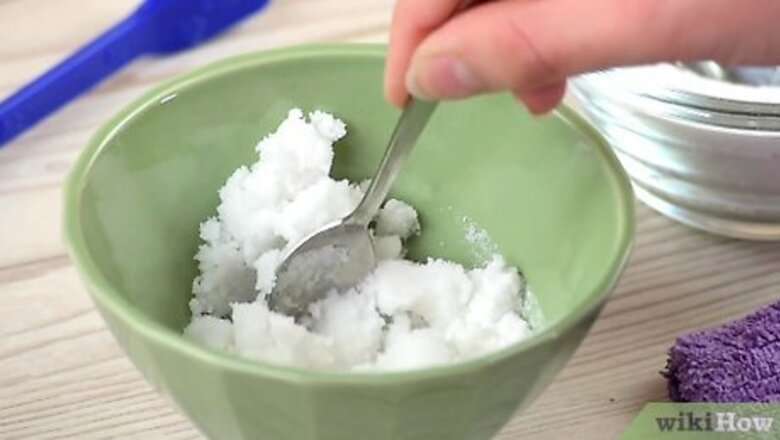
views
Utilizing Baking Soda

Make a paste of baking soda and water. Make a 3:1 mixture by combining 3 tablespoons of baking soda to 1 tablespoon of water. Use a spoon, dull knife or old toothbrush to mix the ingredients together until they form a paste. The paste should have the consistency of toothpaste, so if it’s too runny or thick, adjust it with more baking soda or water. More baking soda will make it thicker, and more water will make it thinner.
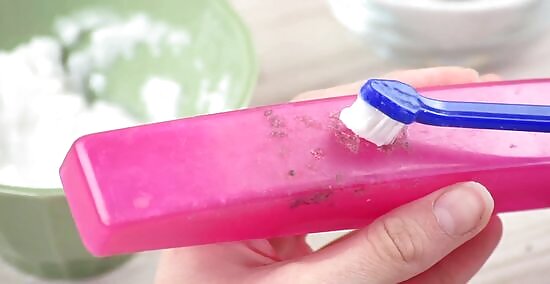
Rub the paste onto the plastic. Use a cloth or an old toothbrush to apply the paste liberally onto the plastic, making sure to scrub any sticky grime. You may need to make more paste if you are cleaning a large plastic item.

Let the paste sit on the plastic. Allow the baking soda paste to sit on the plastic for 20 to 30 minutes. The baking soda will loosen the dirt on the plastic.
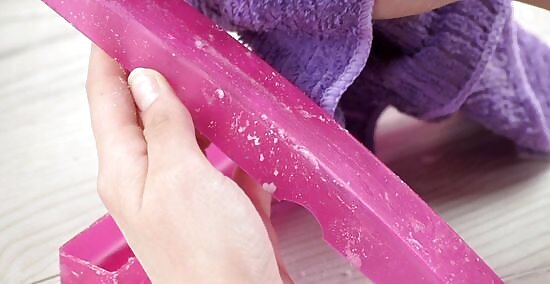
Remove the paste with a cloth. Use a wet washcloth to wipe the baking soda paste off the plastic. Rinse the washcloth periodically as you wipe.
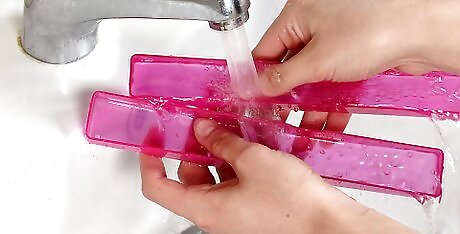
Rinse the plastic. Remove the remaining paste by rinsing the plastic thoroughly with clean water. This should rinse away any dirt or grime the paste loosened. Smaller items can be placed in the sink to be rinsed. A large item can be rinsed with a garden hose.
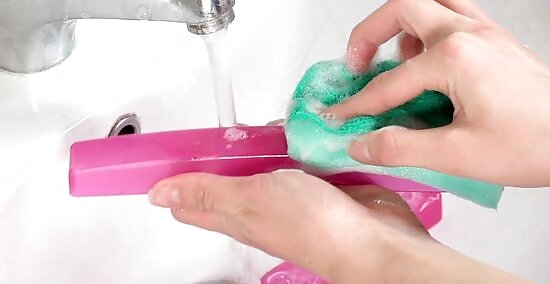
Wash the plastic with soap and water. Use a mild dish detergent to wash the plastic.
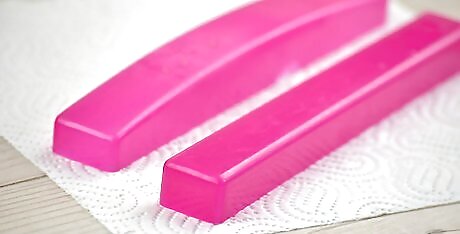
Dry the plastic with a towel, or sit it out to air dry. In addition to being clean, this should also help to remove remove plastic smell from the item.
Using Vinegar

Combine vinegar and water. Mix one part vinegar with one part water in a clean, empty spray bottle. For example, 1 cup of vinegar and 1 cup of water will make a 16 ounce solution.
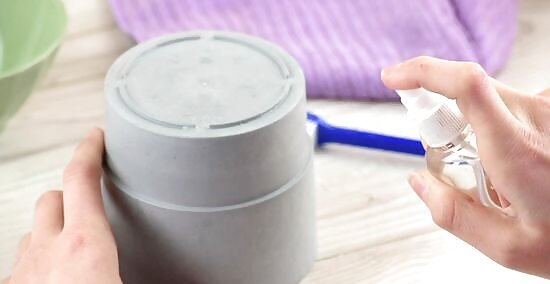
Spray the solution on the plastic. Liberally spray the plastic with the vinegar solution completely soaking the plastic. Vinegar is good at removing grease, mildew, and hard water stains as well as disinfecting hard surfaces.
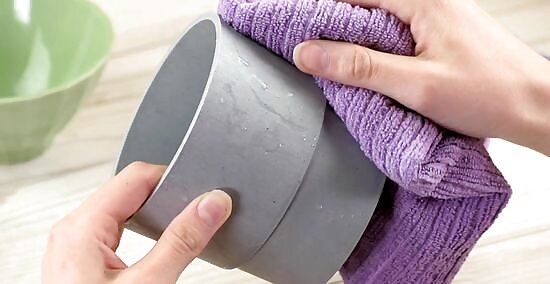
Wipe the plastic. Use a clean cloth or sponge to wipe the vinegar solutions around the plastic. Spray more vinegar solution on areas with built up grime, and scrub them liberally until the dirt is removed.
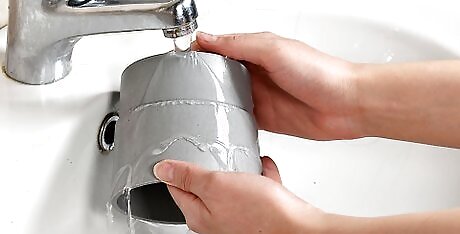
Rinse with water. Use clean water to rinse the vinegar solution from the plastic; dry it with a towel. EXPERT TIP Bridgett Price Bridgett Price House Cleaning Professional Bridgett Price is a Cleaning Guru and Co-Owner of Maideasy, a maid service company that services the Phoenix, Arizona metropolitan area. She holds a Master of Management from the University of Phoenix, specializing in digital and traditional marketing. Bridgett Price Bridgett Price House Cleaning Professional Expert Trick: If you want to remove unpleasant scents, try using lemon or orange for an all-natural scent. After you wash your plastic, put a little lemon zest or orange zest inside and seal the lid, then let it sit for 10-15 minutes. When you wash it out, any nasty scent will be gone.
Cleaning with Bleach
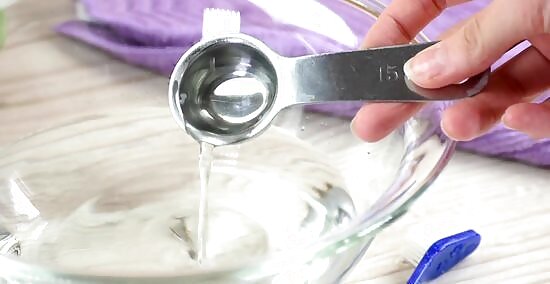
Make a bleach solution. Add 1 tablespoon bleach to each cup of water you have. You can make the solution in a sink, a container, or a bathtub. Use caution when mixing bleach to avoid splashing it onto clothes or bare skin.
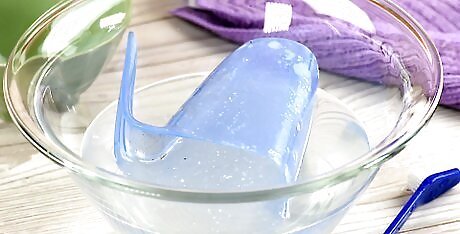
Soak the plastic. Submerge the plastic in the bleach and water solution for 5 to 10 minutes. Make sure the plastic is completely covered in the solution. Use gloves when you submerge the plastic to avoid injury.
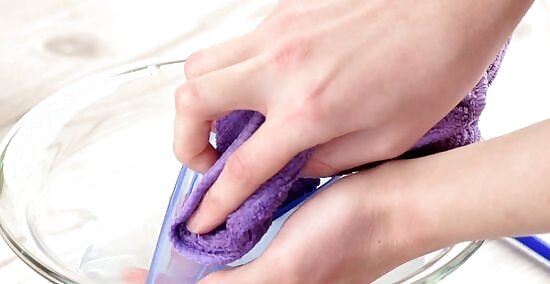
Scrub the plastic with a sponge or cloth. Remove any caked on dirt or grime by rubbing the item with a sponge.
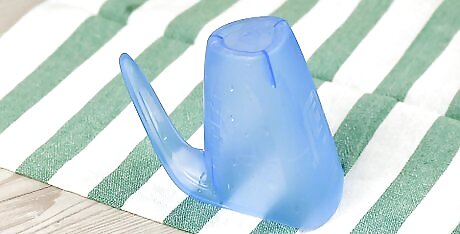
Rinse and dry the plastic. Thoroughly rinse the plastic with water to remove the bleach solution. Air dry the plastic by letting it sit out for about 30 minutes or until completely dry.
Washing in the Dishwasher
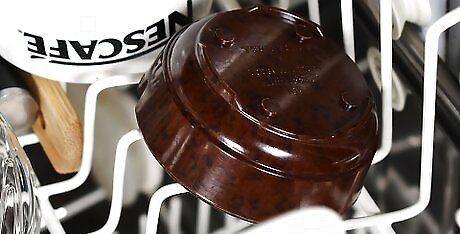
Load the plastic in dishwasher. Place your plastic item in the dishwasher making sure it is secure. Smaller items should be placed in the top rack of the dishwasher, while large items need to be in the bottom. Place really small items, like plastic building blocks, in a mesh bag or small dishwasher basket before placing on the top rack.

Add dishwashing detergent. Put the appropriate amount of dishwashing detergent into the soap compartment of your dishwasher. Check your dishwasher’s manual to find out where the compartment is, how much detergent to use, and what kind of detergent to use.

Turn on the dishwasher. Set your dishwasher settings to normal wash, and do not use the heat dry option. The chemicals in plastics can break down in high heat, so it’s best to have them air dry.

Air dry the plastic. Remove the item from the dishwasher when it has finished washing. Place the plastic on the counter or in a drying rack to dry. It may take several hours for the plastic to dry completely.











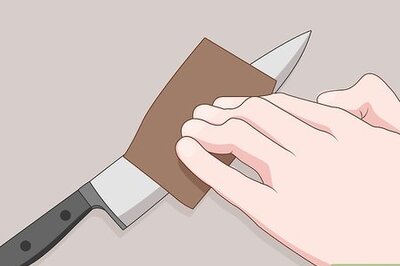







Comments
0 comment